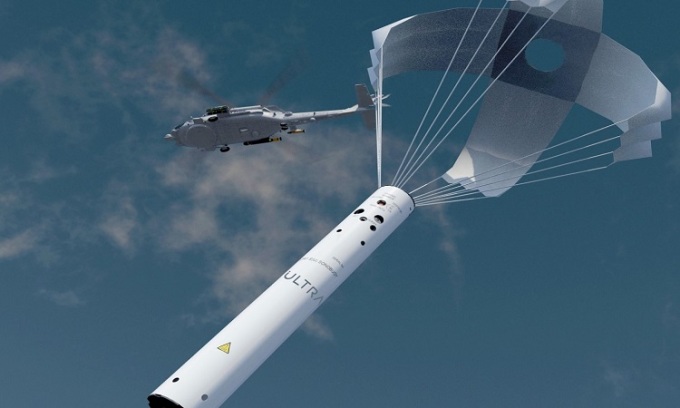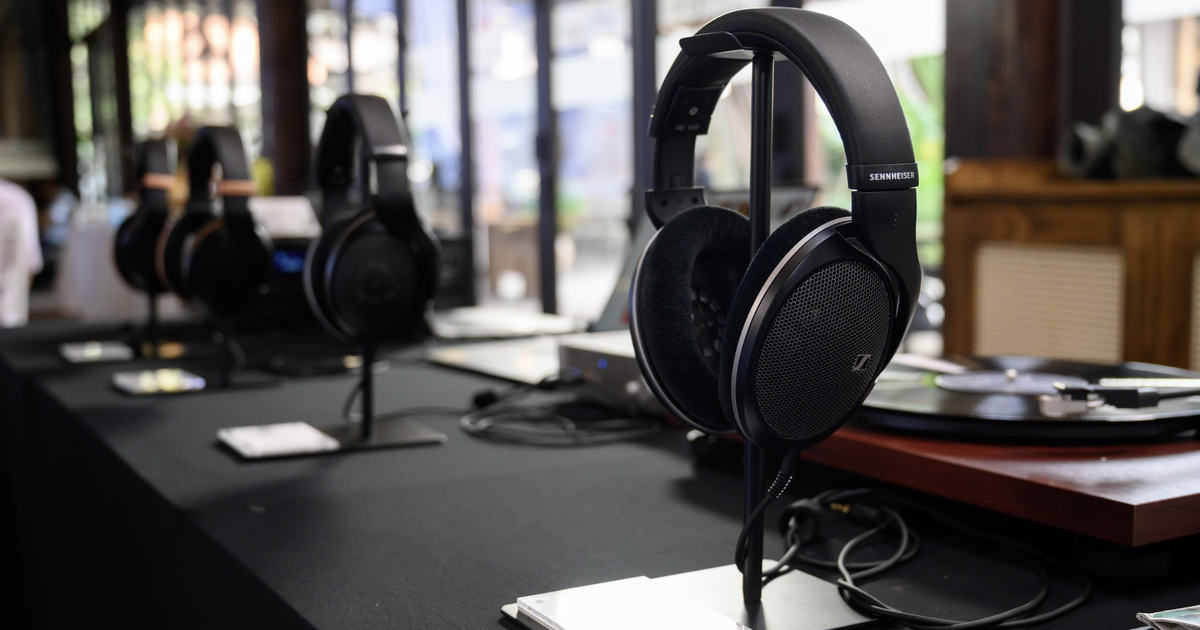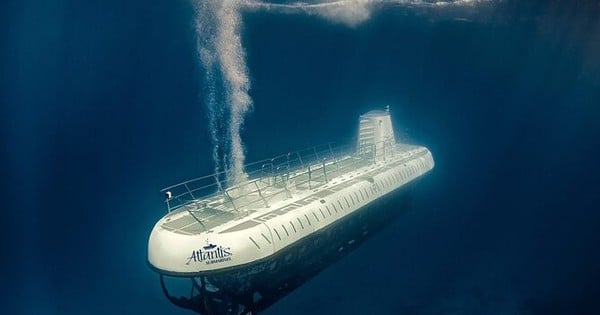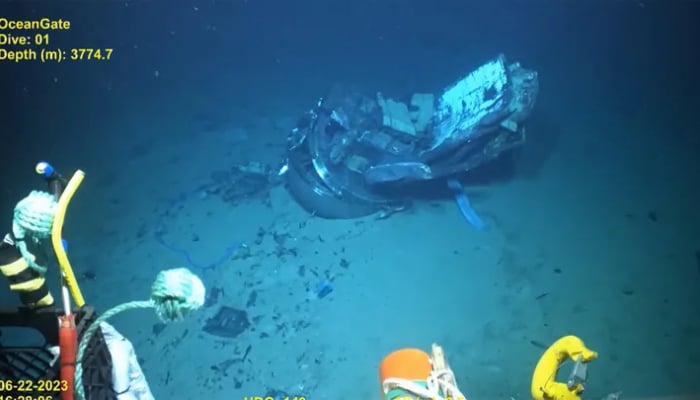During the initial stages of the search, sonobuoys recorded loud noises every 30 minutes, believed to be made by the five passengers.

The Titan submersible in a CBS report last year. Photo: CBS
The US Coast Guard confirmed on June 23 that debris found near the Titanic wreck at the bottom of the Atlantic Ocean by search equipment belonged to the submersible Titan. Five passengers on the submersible died when the submersible was "catastrophically crushed" by extreme pressure in the deep sea.
Titan, operated by the US company OceanGate, carried five passengers to the Titanic wreck at a depth of about 3,810 m on June 18 but lost contact with the mother ship Polar Prince shortly afterwards. During the initial search, sonar buoys recorded loud noises every 30 minutes. Some believed the noises were made by the five people on the submersible, giving hope that they were still alive and waiting to be rescued.
However, after confirming that the Titan submersible was crushed by pressure, experts believe that the passengers would have been crushed immediately when the ship crashed. So what are these mysterious noises? They believe that they could be coming from search equipment in the area, marine life such as whales, or even just sounds from the deep sea of the Atlantic Ocean.

Structure of the Titan ship. Graphics : OceanGate
Dr Jamie Pringle, an expert in Forensic Geoscience at Keele University, believes the sound is man-made. "The ocean is very noisy with ships, submarines, fishing boats and in this case, search vessels," Pringle said.
"The noise could have come from any source and the sound waves do not always radiate from one source, as water bodies are often layered and sound waves travel along these layers. The noise from the Titanic wreck at that depth would hardly have reached the surface. The fact that the noise was occurring every 30 minutes suggests a man-made source, not the ship's propellers, which were operating continuously," he added.
Even if the five passengers did not die in the explosion on June 18, hitting the Titan's hull with the hand would be difficult to detect because it would not make a loud noise.
"The sound source needs to get bigger to travel farther, and 3.8 km underwater is too deep to reach the surface and be measured. Please note, this is just speculation because we don't have the raw data to analyze," Pringle said.
Matthew Schanck, founder of the maritime search and rescue organization Marsar International, also suspects the noise is of man-made origin. Schanck said that ships deployed remotely operated vehicles (ROVs) in the search, including the mothership Polar Prince, could also have caused the underwater noise.
He doesn't think the noise came from the Titan wreckage, although it could have come from the Titanic if there was loose metal moving around. However, the surface ships and ROVs deployed in the search are the most likely source of the mysterious noise.
Even wild marine animals like whales can make noise, according to Stefan B. Williams, professor of marine robotics at the University of Sydney. The North Atlantic is home to several species of whales, including the North Atlantic right whale and the blue whale.
According to Jeff Karson, professor of Earth and environmental sciences at Syracuse University, thinking the noise came from the group of passengers is just "wishful thinking" and the noise could just be from the Titanic wreck.

Illustration of an aircraft dropping a sonobuoy. Photo: Naval News
Sonobuoys were originally developed to detect German U-boats during World War II. Any underwater sound signals detected by the receiver, caused by a nearby U-boat, would be transmitted to the aircraft via radio transmitter. But today, sonobuoys are used for a variety of purposes, including search and rescue operations. They can map the location of plane crashes, shipwrecks or survivors at sea. Sonobuoys were used in 2014 in the search for the missing Malaysia Airlines flight MH370.
Thu Thao (According to Mail )
Source link






![[Photo] Overcoming all difficulties, speeding up construction progress of Hoa Binh Hydropower Plant Expansion Project](https://vstatic.vietnam.vn/vietnam/resource/IMAGE/2025/4/12/bff04b551e98484c84d74c8faa3526e0)
![[Photo] Closing of the 11th Conference of the 13th Central Committee of the Communist Party of Vietnam](https://vstatic.vietnam.vn/vietnam/resource/IMAGE/2025/4/12/114b57fe6e9b4814a5ddfacf6dfe5b7f)























































































Comment (0)